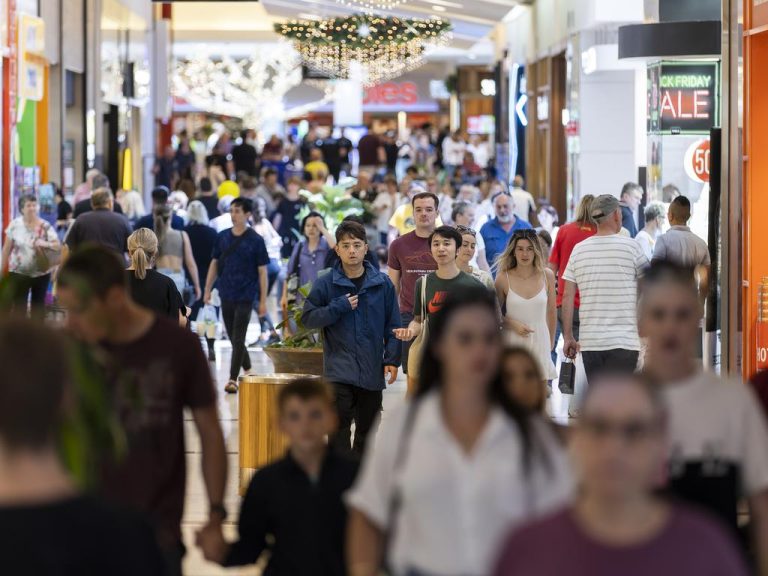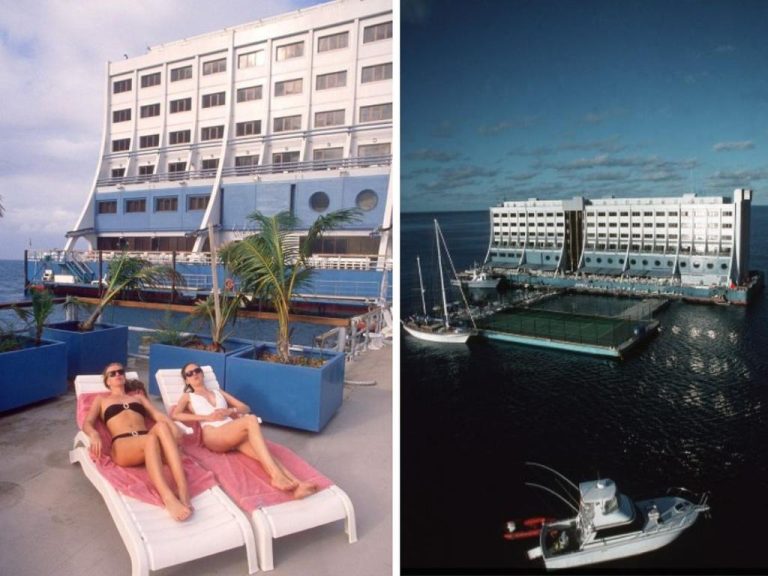Shopping centres back in the spotlight for investors
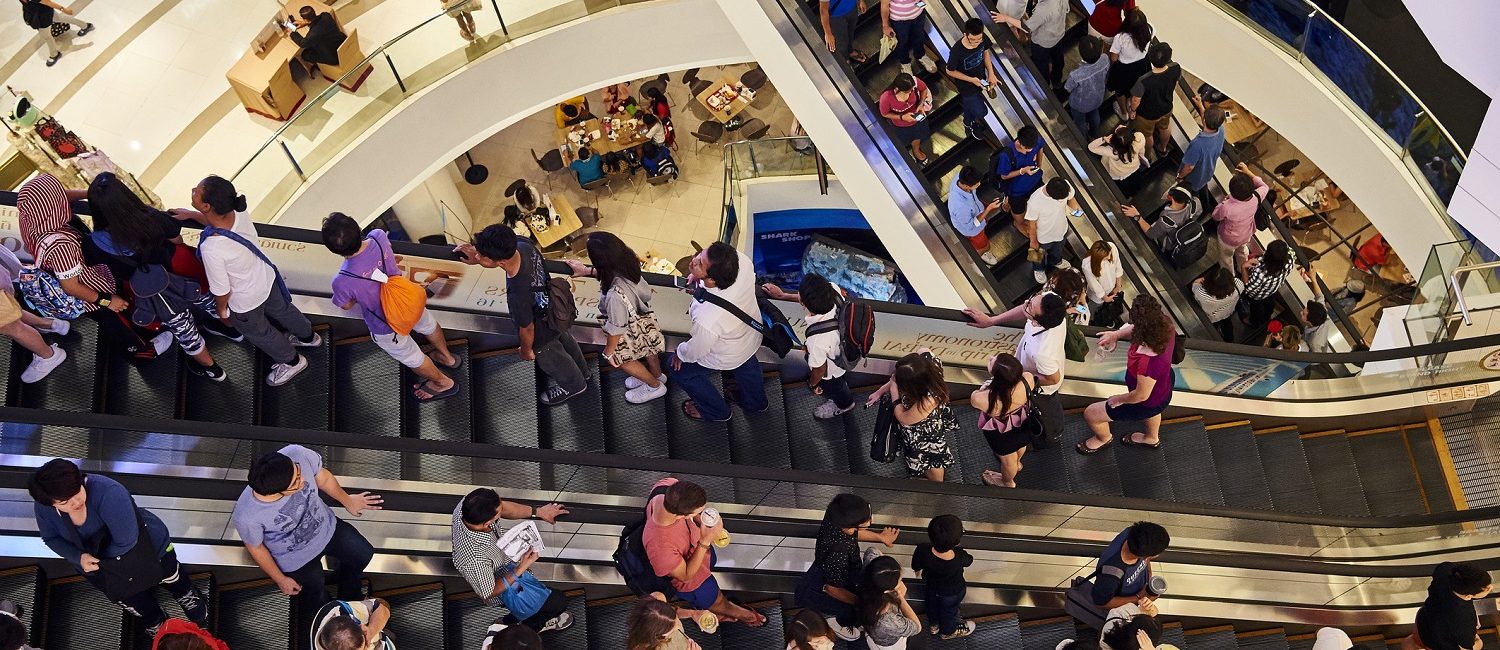
Sales of shopping centres have rebounded in Australia this year, with sales volumes up over 50% over the first three quarters compared to the same period last year.
Data from MSCI Real Capital Analytics showed that more than $6 billion worth of shopping centres transacted between January and September this year, with a further $1.25 billion in sales currently pending.
This jump in centre sales is in stark contrast to other retail assets, such as shops, which have continued to see transaction volumes slide in 2024.
Just $2.9 billion worth of shops have sold over the first three quarters, a 20% drop from the same time last year. In fact, this year is on track to see the second lowest volume of shop sales this decade – behind only 2020.
This divergence between the demand for centres versus shops highlights where investors are currently seeing the risks and opportunities across the retail sector.
Australian shopping centres saw rents and values recalibrate down over 2020 to 2023, in line with rising vacancy. Now, the sector looks poised for growth, with vacancy falling and rents growing again.
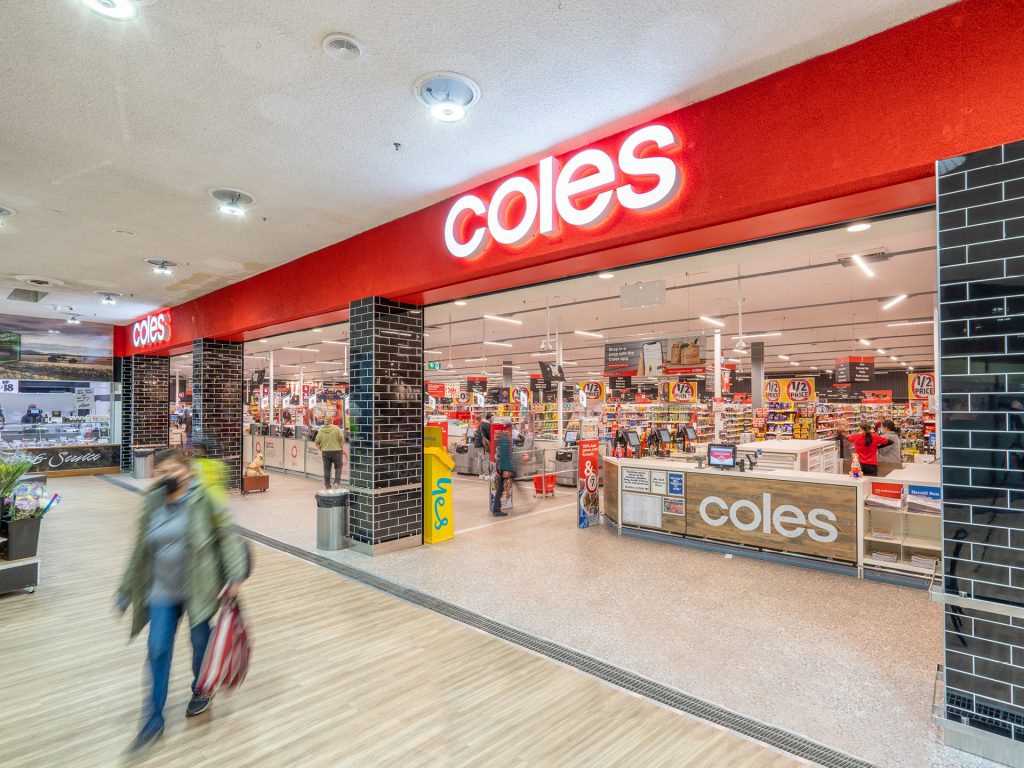
Most Australian shopping centres are anchored by at least two supermarkets. Picture: realcommercial.com.au/for-sale
The sharp rise in transactions is also being driven by a strategic shift by investors towards more resilient retail assets, particularly those anchored by grocery stores.
Most Australian shopping centres are anchored by at least two supermarkets, accounting for around 11% of gross lettable area on average, according to CBRE.
Despite occupying a relatively small share of overall centre space, the presence of supermarkets is key to drawing foot traffic to centres. As a non-discretionary retail category, supermarkets are also viewed as recession-proof tenants.
But it’s not just the resilience of these assets drawing more investors this year. Population growth will underpin the performance of shopping centres over the coming years, particularly as the supply of new centres is set to slow.
High development and funding costs have resulted in the collapse in new shopping centre development, with CBRE estimating that new supply over 2024 to 2028 will be less than half the historical average level.
And with shopping centres in the early recovery stage of the cycle, more investors are looking for exposure to these assets. Perth, in particular, has emerged as a hot spot for shopping centre sales this year, with volumes already at the highest level seen in over a decade due to several large transactions.
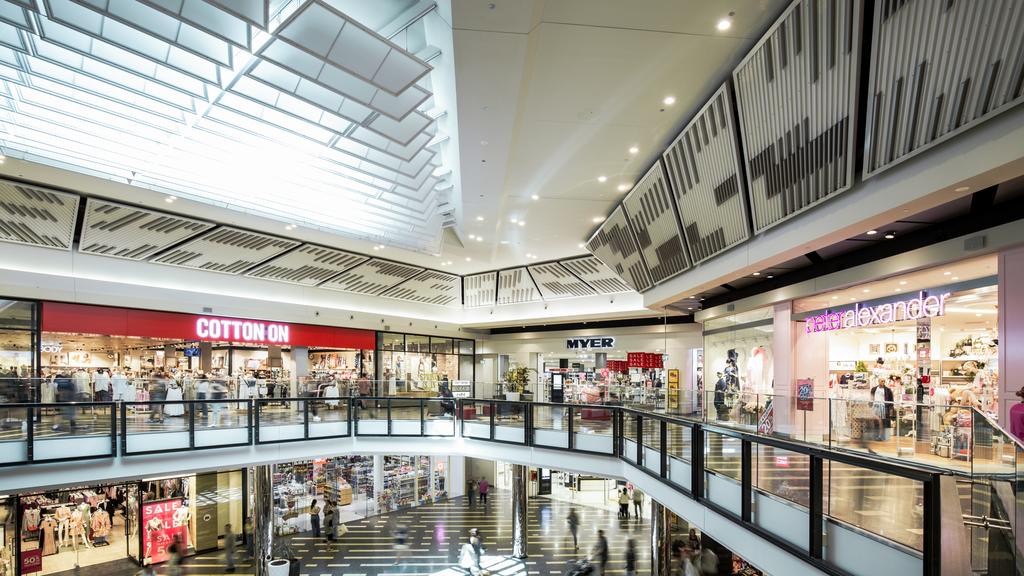
Vicinity Centres acquired a 50% stake in Lakeside Joondalup Shopping City centre in Perth for $420 million this year. Picture: Supplied
Western Australia saw the strongest population and economic expansion of any state last year, driving demand for non-discretionary retail services and drawing investors eager to tap into the region’s growth.
Major purchases this year include a 50% stake by Vicinity Centres in Lakeside Joondalup Shopping City for $420 million, and a 50% stake by Hawaiian in Claremont Quarter for $207 million.
The biggest deal of the year, however, was for Westpoint Shopping Centre in Blacktown, Sydney, which was purchased by US property firm Hines for $900 million, making it the largest single retail sale in Australia’s history. Sold by QIC, it was Hine’s first investment into Australia’s retail sector.
The magnitude of the deal, particularly from a US-based group, is a strong signal of confidence in the outlook for Australian shopping centre assets which will be underpinned by population growth and supply constraints over the coming years.

